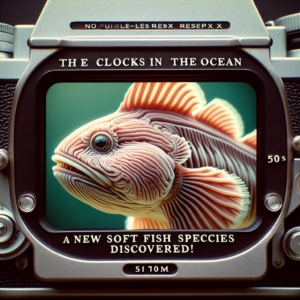Content:
Surreal testimonies are pouring in from all around the world: clocks are said to liquefy every day precisely at noon, giving rise to astonishing ballets of floating hands.
The news hit like a wedge of blue cheese: at noon, in every corner of the globe, clocks—whether wall-mounted, pocket-sized, or grandfather clocks—melt in a dreamlike ballet, defying all laws of physics. The hands, liberated from their restraints, whirl in space before returning to their original positions once the fateful minute has passed.
Initially regarded as a tasteless prank, this strange phenomenon quickly gained credibility when renowned scientists confirmed the existence of this temporal aberration. Professor Archibald McFuzz, a celebrated iconoclast in the field of quantum physics, remains astonished: “It’s as if time itself decided to show us that it can be as liquid as it is solid,” he confides, more bewildered than frightened.
However, panic is far from sweeping the global population. On the contrary, the event has given birth to new forms of art and fashion. “Liquid watch parties,” where guests gather to witness the spectacular transformation of clocks, have become the latest trend in high society.
And what better quote to illustrate this phenomenon than that of the master of surrealism himself, Salvador Dali: “It is not I who am mad, it is reality that is insane.” A phrase that resonates particularly on this day when time plays tricks on us in the utmost whimsy.
So, a whim of time or a gift of nature? Opinions differ. But one thing is certain: at noon, the world holds its breath to witness the dance of the hands. An improbable choreography that reminds us that, sometimes, the impossible is merely a matter of perspective.









Be First to Comment